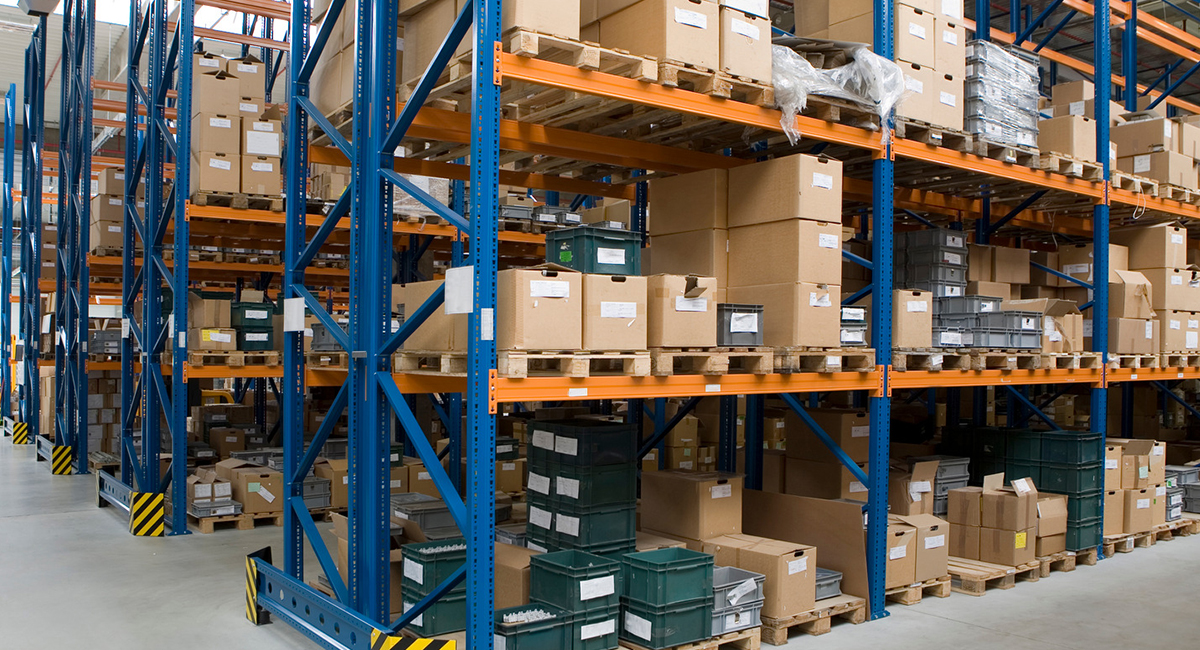Drive In Racks
Optimize Storage with Drive-In Ease
Drive-in & Drive-through Racks offer the ability to store a large amount of similar loads in a smaller area. Selectivity is sacrificed but the storage density is outstanding. Drive-in racking can store up to 75% more pallets in the same space than selective racking – depending on the application. It requires fewer aisles and has better cubic storage.
Drive-In Racks allow a lift truck to enter the rack from one side to pick up or pull out pallets. This is done because pallets can slide backwards on a continuous rail. Fork lifts drive into the rack to access pallets two or more deep. You are limited in the depth of storage for a particular bay by the size of your facility.
Basic Components
Frame
Formed by two uprights joined with horizontal ties and diagonal ties secured together with fasteners. Bottom supports bolted to the upright base securing the frame to the ground by means of anchor bolts.
Upright
Cold formed lipped ‘C’ sections. They come in two types of sections, i.e. 100 x 50 x 20 mm & 100 x 70 x 20 mm with 1.6, 2, 2.5 or 3 mm thickness. A wide range permits economical selection considering required variables such as load capacity and height. Standard load capacity is up to 20 tons per upright frame and standard height is up to 10 meters. Frames with more load capacity and length can be provided using special 8 bend formed sections. Equally spaced slots are at 100 mm pitch on upright, making the system flexible in terms of beam position.
Pallet Runner
Pallets are kept on a pair of runners which run throughout the depth of a system. The runner’s side profile acts as a guide for pallets.
Runner Brackets
These are mounted on the upright frame and support the pallet runner.
Joining Piece
Used to join runners.
Beams
Beams are direct load carrying horizontal members used to connect the vertical frame from top laterally, to make it a cohesive structure.
Top Runners
Members to connect frames from top longitudinally and not for loading purpose.
Top Bracings
Diagonally connected to top runners for better stability of system.
Guide Rails (Optional)
Fixed to the ground with the help of anchor bolts and provided to guide fork lift. Fork lift also needs to be attached with side guide rollers.



